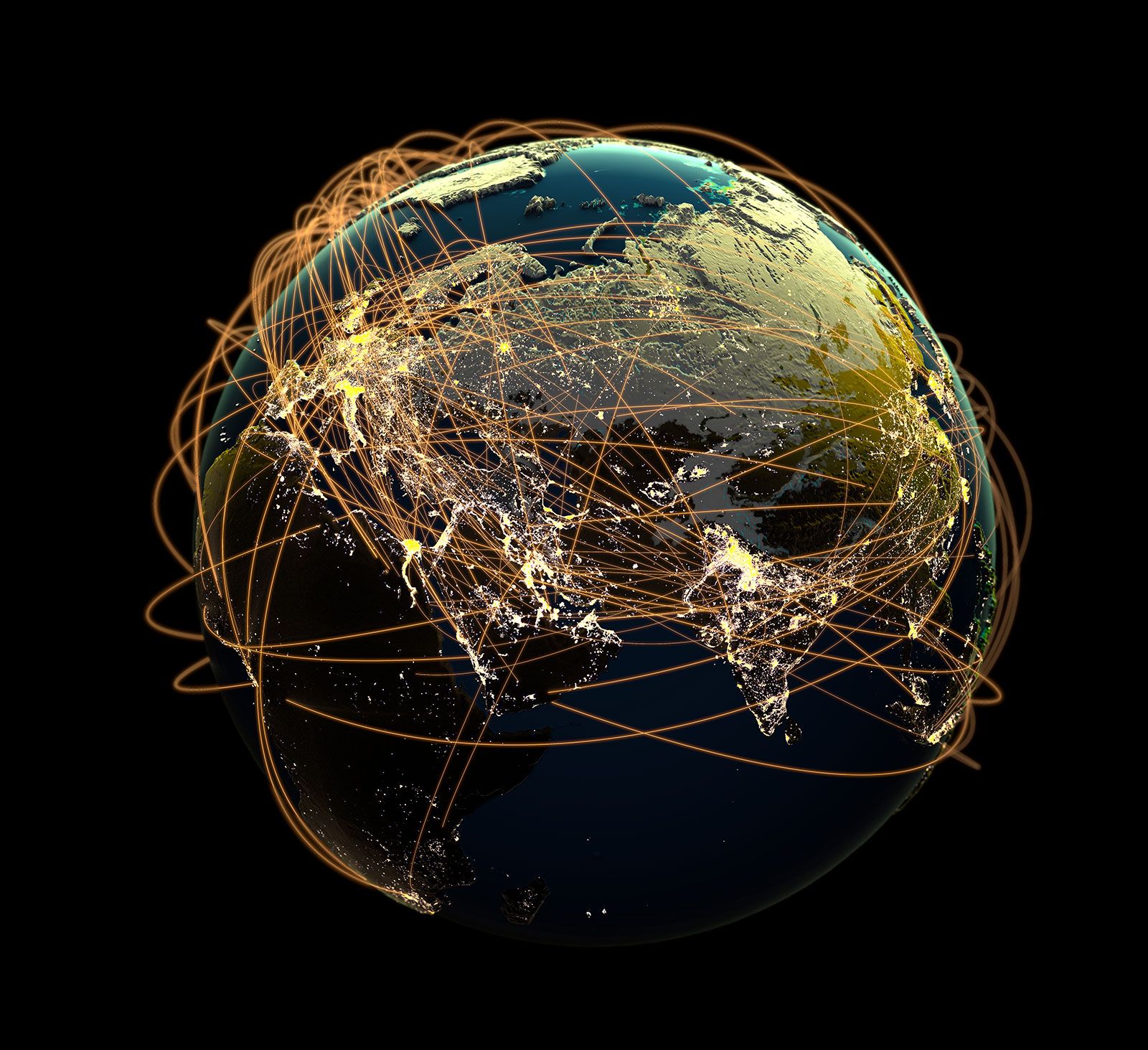
What Are the Gains and Losses of International Trade in Developing Countries?
International trade can have a variety of effects on the economy, including employment, income, and welfare. It can affect the supply, and demand of goods, as well as the ways they are produced.
The concept of comparative advantage is a useful tool to estimate the effects of trade. Comparative advantage is the difference between the value of a good produced by a country versus a competitor’s value. This is an important concept because it allows countries to benefit from international trade.
There are several factors that determine the terms of trade, or the price of one good is sold at in terms of another. Benefits can include lower costs of imports, higher productivity, lower wages, and higher consumption.
The best measure of economic well-being is gross domestic product, or GDP. However, this is not a complete measure. Gross domestic product does not account for the happy variables, such as happiness and well-being.
A number of models have been developed to assess the impact of trade on the economy. These models include the Global Trade Analysis Project model, which includes both a market for inputs and final goods.
Other similar models include the Global Simulation Analysis of Industry-Level Trade Policy, the World Integrated Trade Solution (WITS) database, and the Tariff Reform Impact Simulation Tool. All of these models have been used to study the effects of trade on the economy.
One way to look at the impact of trade is to consider the partial equilibrium model. This model allows you to examine the effect of changes in policy in a single market. Specifically, it takes into account changes in trade flows, prices, and tariff revenues.
